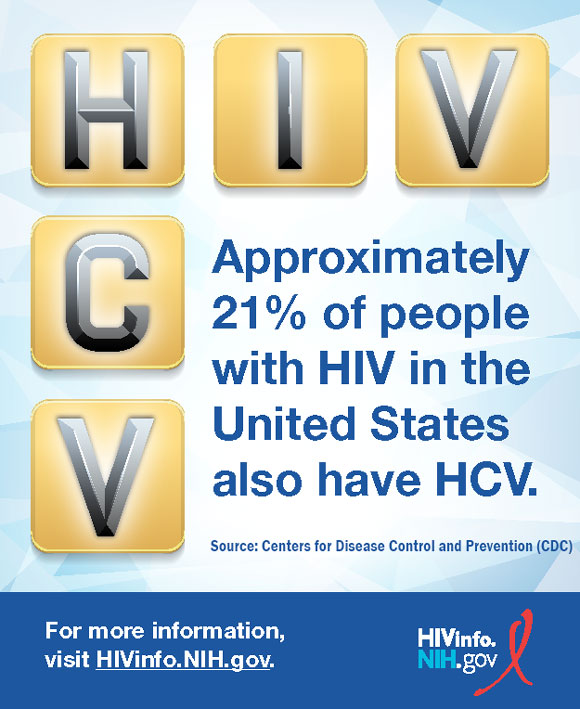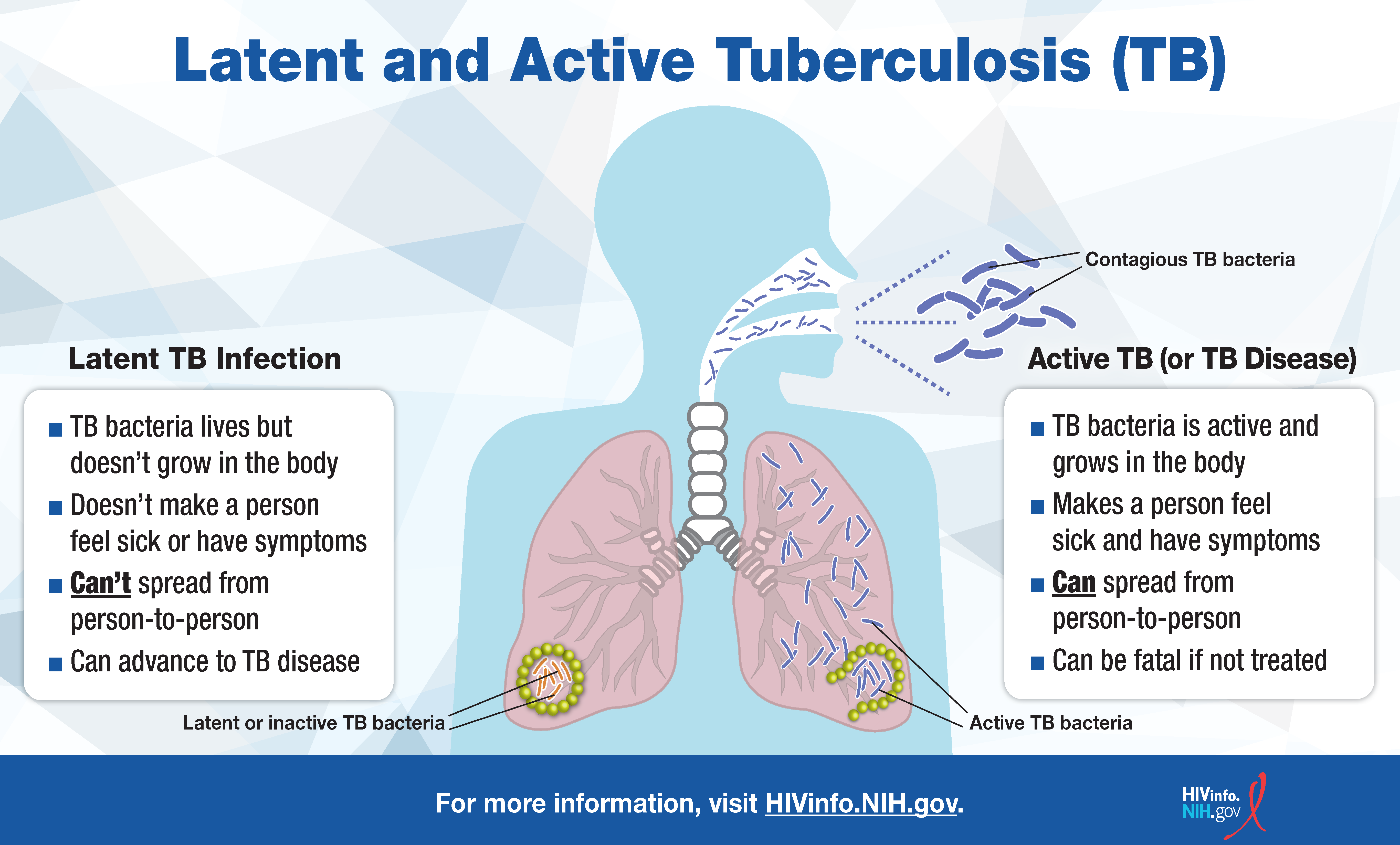Key Points
- Coronary heart disease is the most common type of heart disease and the leading cause of death in the United States.
- Coronary heart disease, a specific type of heart disease, is caused by the buildup of plaque inside the blood vessels that carry blood to the heart, known as the coronary arteries.
- While risk factors for heart disease (such as high blood pressure or smoking) are similar for people with and without HIV, the risk of heart disease may increase due to HIV and some HIV medicines.
- Lifestyle changes, such as eating a healthy diet, being more active, and quitting tobacco use can help prevent and treat heart disease. Treatment for heart disease can also include medicines and surgery.
What is heart disease?
There are many different types of heart diseases. Coronary heart disease (also called coronary artery disease) is the most common type of heart disease and is the leading cause of death in the United States. In this fact sheet, the term “heart disease” refers specifically to coronary heart disease.
What causes heart disease?
Heart disease is caused by the buildup of plaque inside the blood vessels that supply the heart with blood (called the coronary arteries). Plaque is a waxy substance made up of fat, cholesterol, calcium, and other substances found in the blood.
Over time, plaque buildup in the coronary arteries (called atherosclerosis), narrows the blood vessels, and reduces the blood flow to the heart, which can cause chest pain (called angina) or a heart attack (called a myocardial infarction).
What are the risk factors for heart disease?
Some risk factors for heart disease can be changed or controlled by lifestyle changes or medicines, while other risk factors cannot. Risk factors that can be controlled to prevent or delay heart disease include the following:
- High blood pressure (also known as hypertension)
- High blood cholesterol levels
- Diabetes
- Eating an unhealthy diet, like those high in saturated fat, trans fat, and cholesterol
- A lack of physical activity
- Tobacco use (such as smoking and chewing tobacco)
- Being overweight or obese
- Stress
- Alcohol abuse
Risk factors for heart disease that cannot be changed include having a family history of early heart disease and older age.
Are people with HIV at risk for heart disease?
People with HIV and people without HIV share many common risk factors for heart disease. However, HIV and some HIV medicines may increase the risk of heart disease in people with HIV. According to research published in the Journal of the American Heart Association, people with HIV face an increased risk of heart disease due to several factors, such as:
- Chronic immune activation and inflammation: HIV infection leads to ongoing immune activation and inflammation, which can impact heart health.
- Dyslipidemia caused by HIV medicines: Medicines used to manage HIV can sometimes cause abnormal lipid levels (dyslipidemia) that can contribute to plaque buildup in blood vessels.
- Higher likelihood of smoking and alcohol consumption: Individuals with HIV are more likely to smoke and consume alcohol, both of which contribute to heart disease risk.
In addition, heart disease, smoking, and heart failure increase the risk of sudden cardiac death in people with HIV. While there may be an increased risk, good lifestyle choices and communication with your health care provider can help reduce these risks.
What are the symptoms of heart disease?
Some people who have heart disease have no symptoms. However, some people may have chest pain, shortness of breath, fatigue, or weakness. If you have any of these symptoms, contact your health care provider.
Chest pain that does not go away or occurs while a person is resting may be a sign of a heart attack. If you think you may be having a heart attack, call 9-1-1 immediately.
What is the treatment for heart disease?
Treatment for heart disease often includes lifestyle changes. For example, people with heart disease may change their eating habits, exercise more to lose weight, or quit smoking.
Aside from lifestyle changes, medicines and surgery are also used to treat heart disease.
Medicines
Medicines used to treat heart disease include drugs to lower blood pressure, reduce cholesterol levels, manage blood sugar, or prevent or relieve chest pain. For people with HIV, statin therapy is often recommended to reduce the risk of heart disease, especially in people 40 years and older.
Some of the medicines used to treat or prevent heart disease (including statins) may interact with HIV medicines. For example, multiple statins have known interactions with drugs found in the HIV medicines Genvoya and Stribild that shouldn’t be used or that may cause a need for dose adjustment.
Health care providers carefully consider potential drug-drug interactions between HIV medicines and any other medicines a person may be taking.
Surgery
Coronary artery bypass grafting (CABG) is the most common type of surgery to treat heart disease in adults. During CABG, a healthy artery or vein from the body is used to bypass (go around) the blocked part of a coronary artery.
Another common surgery, called a coronary angioplasty, uses a small balloon to open up the blood vessels that supply blood to the heart. In some cases, a spring-like device (stent) is placed in the blood vessel after the balloon is removed to help keep the blood vessel open to let blood flow smoothly.
Visit the National Heart, Lung, and Blood Institute’s Heart Surgery webpage to learn more about different types of heart surgery.
How can people with HIV reduce their risk of heart disease?
People with HIV can take the following steps to reduce their risk of heart disease:
- Take HIV medicines every day to keep HIV under control
- Eat a healthy diet with vegetables, fruits, and whole grains and limit saturated fats, added sugars, and salt
- Get regular physical activity
- Avoid or quit smoking
- Keep all medical appointments; during medical visits, talk to a health care provider about the risk of heart disease.
For more information on how to lower your risk of heart disease, visit the How to Prevent Heart Disease webpage from MedlinePlus.
This fact sheet is based on information from the following sources:
From the HIV Clinical Practice Guidelines at Clinicalinfo.HIV.gov:
- Guidelines for the Use of Antiretroviral Agents in Adults and Adolescents With HIV:
From the Centers for Disease Control and Prevention:
From MedlinePlus:
From the National Heart, Lung, and Blood Institute:
Also see the HIV Source collection of HIV links and resources.




